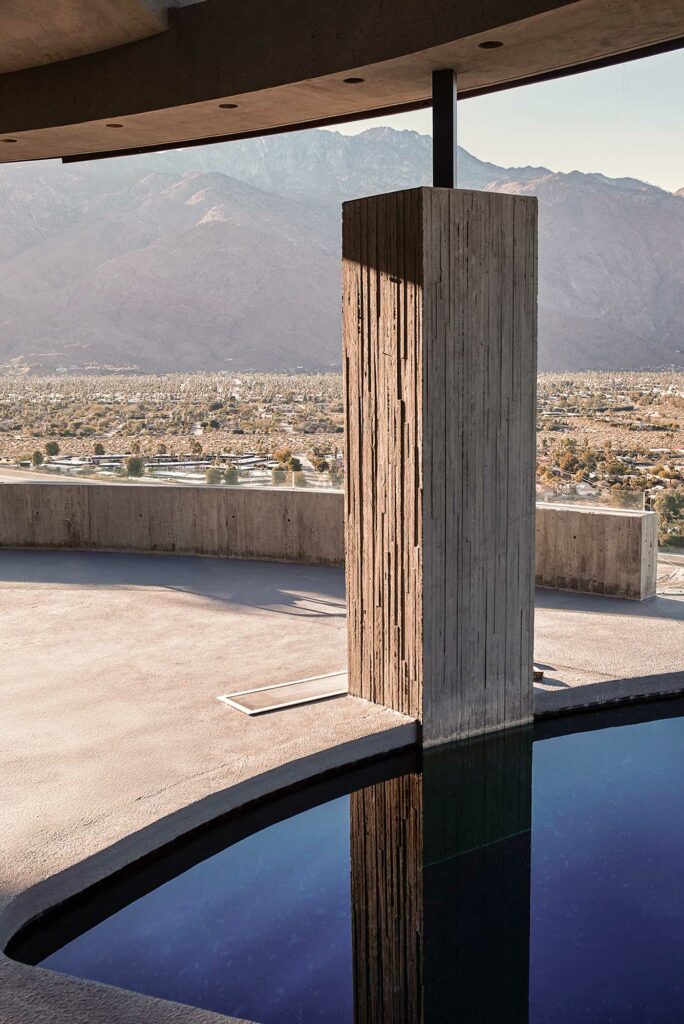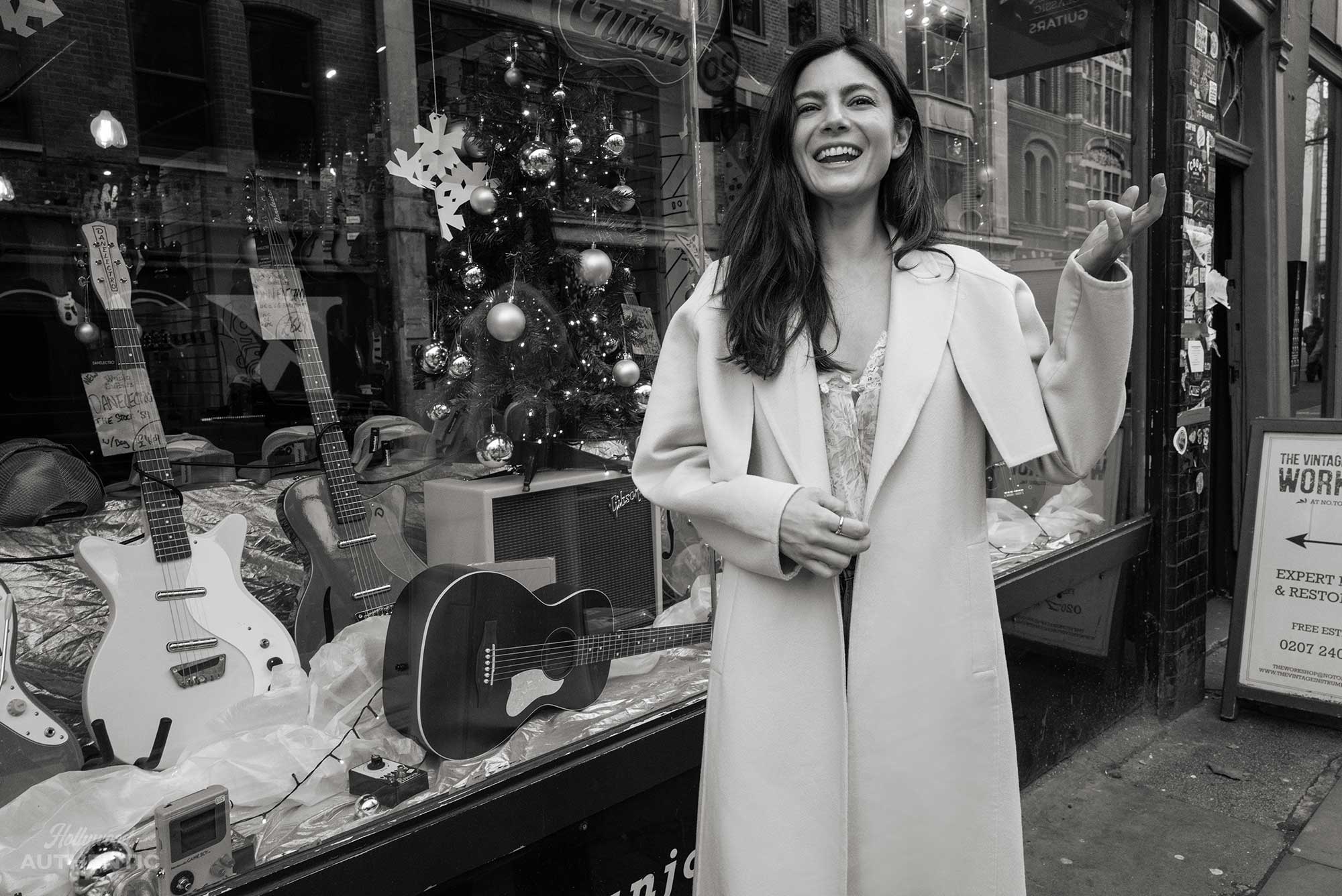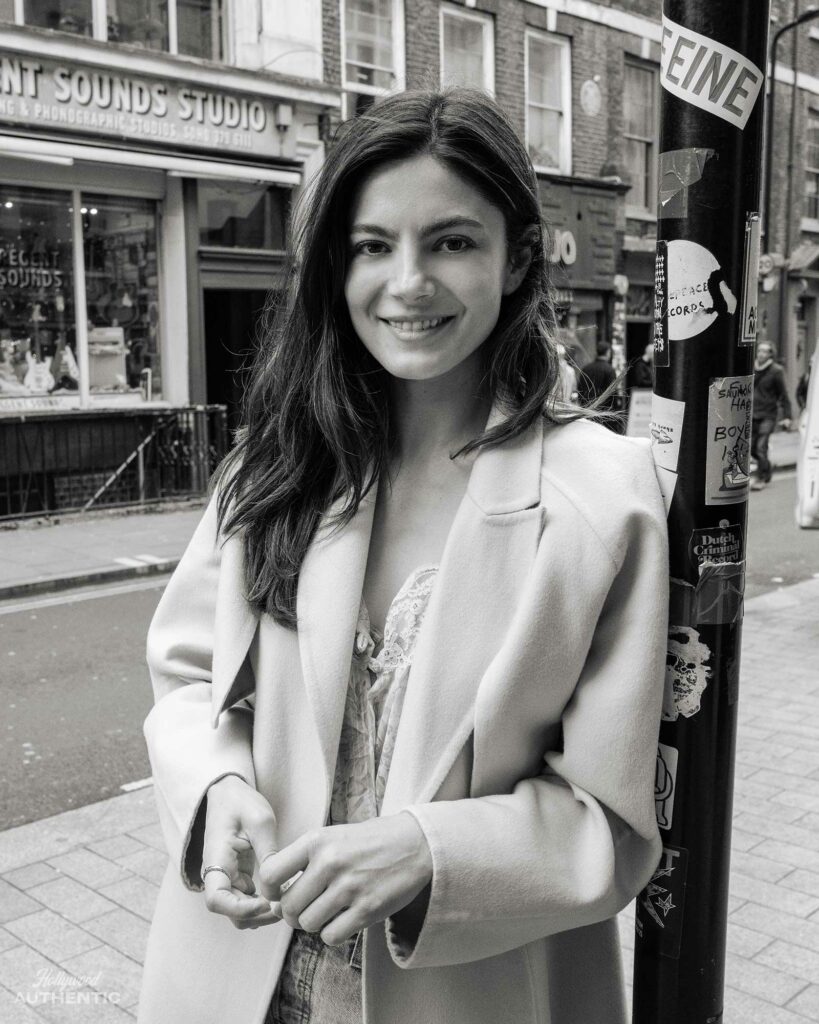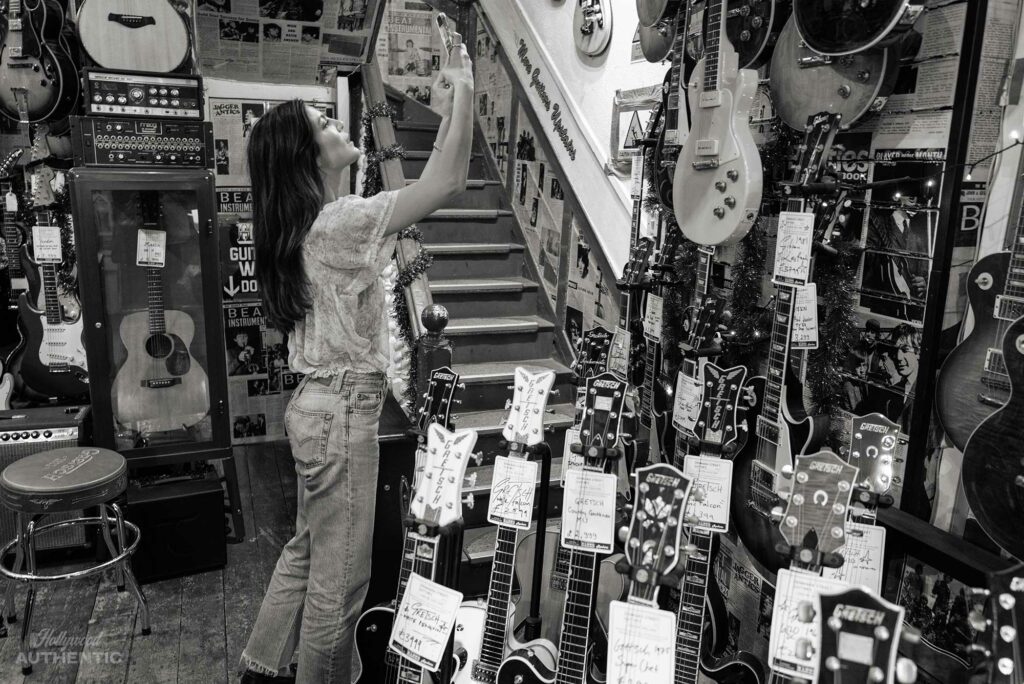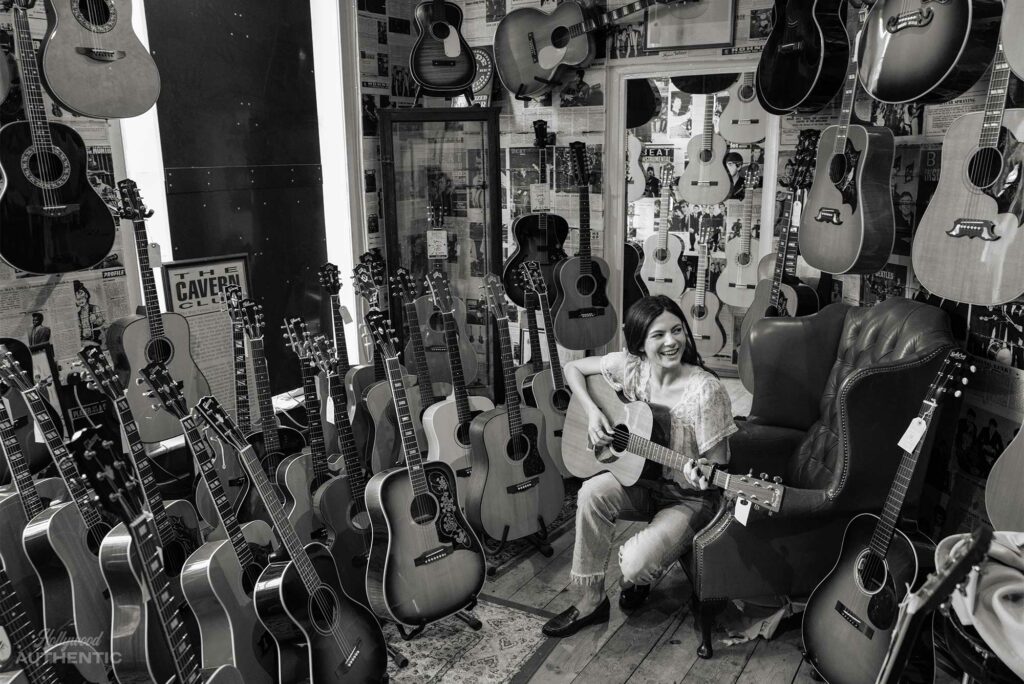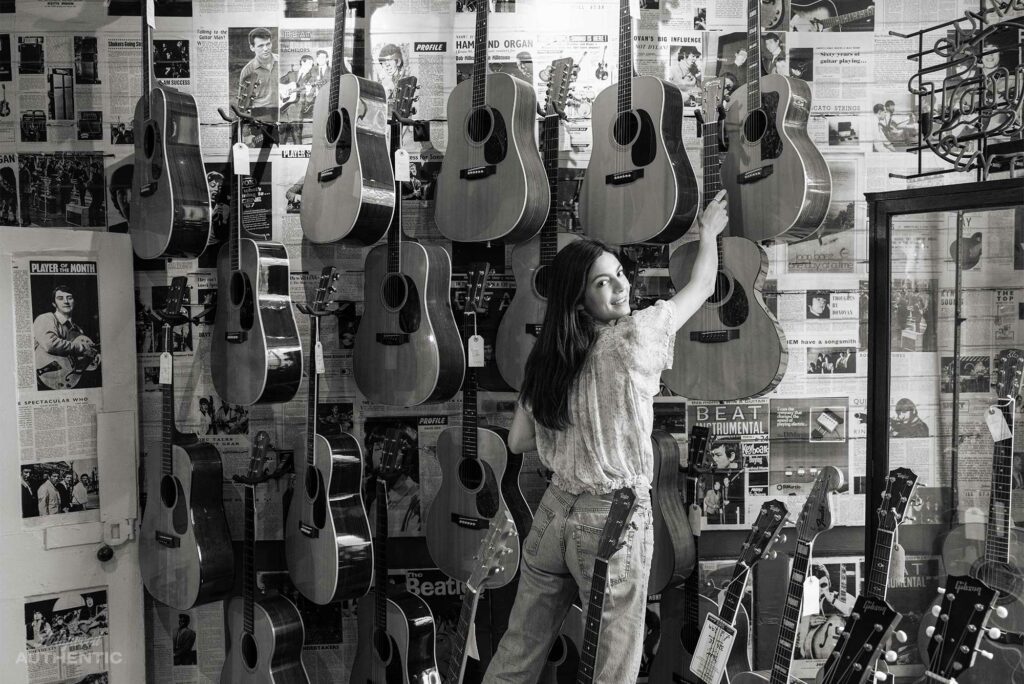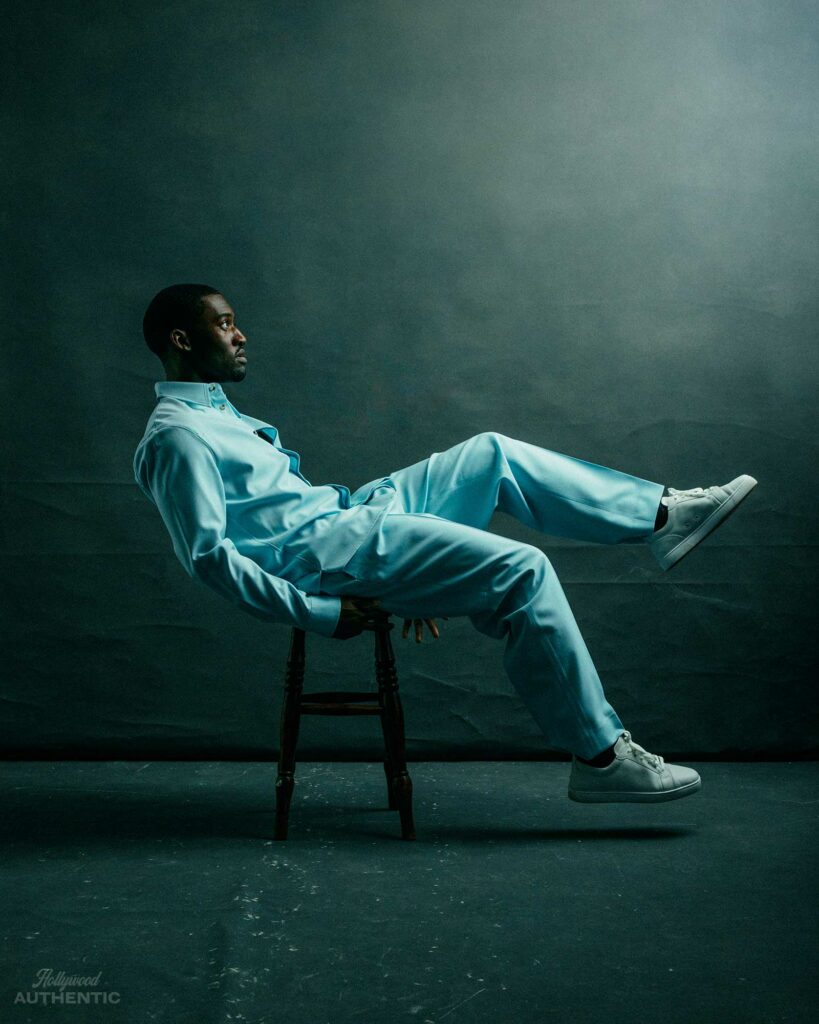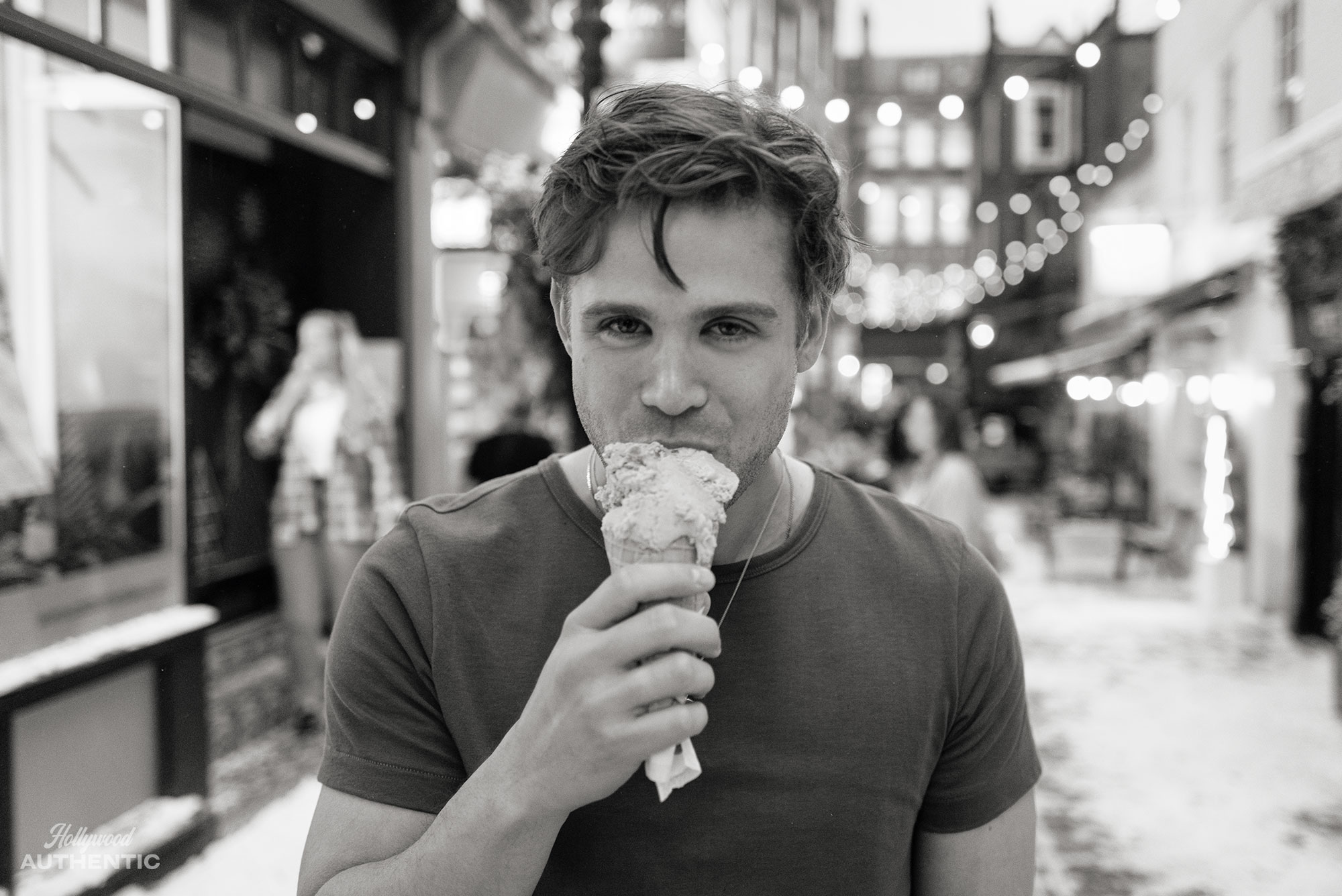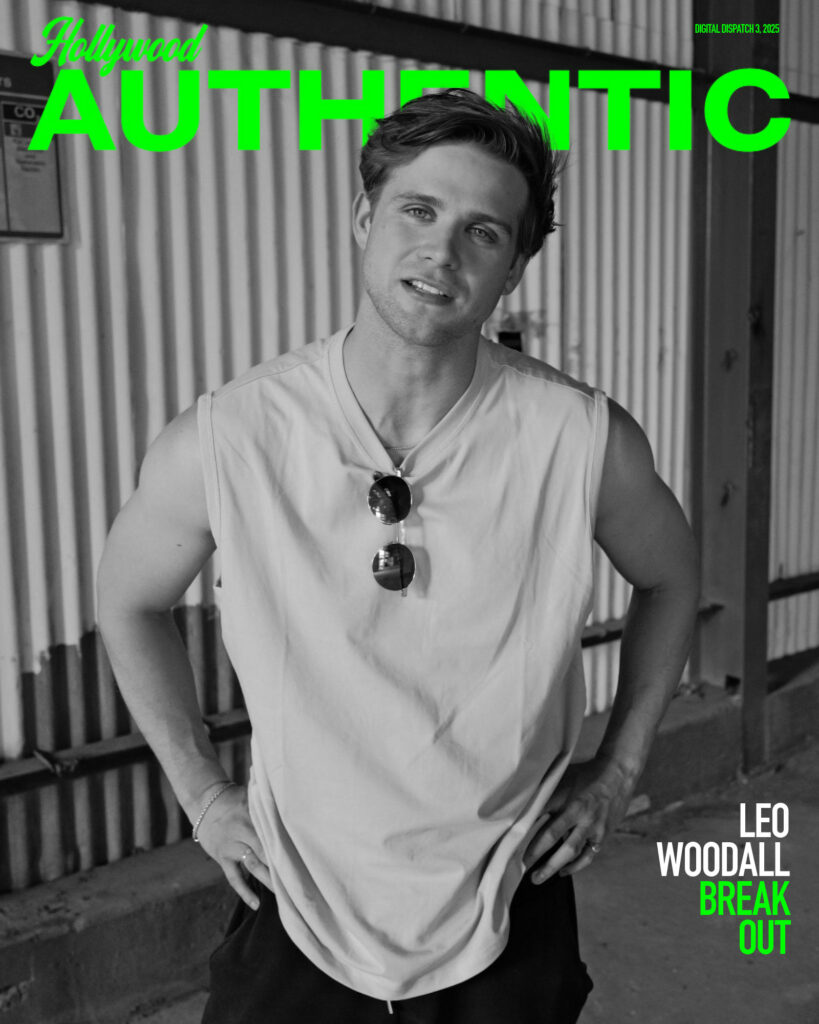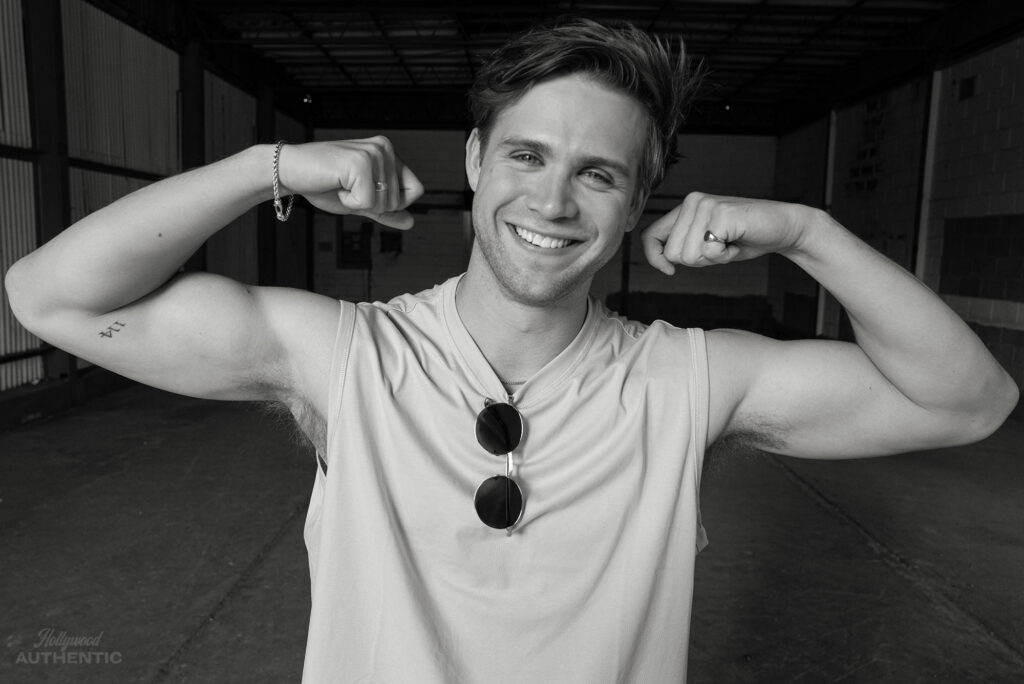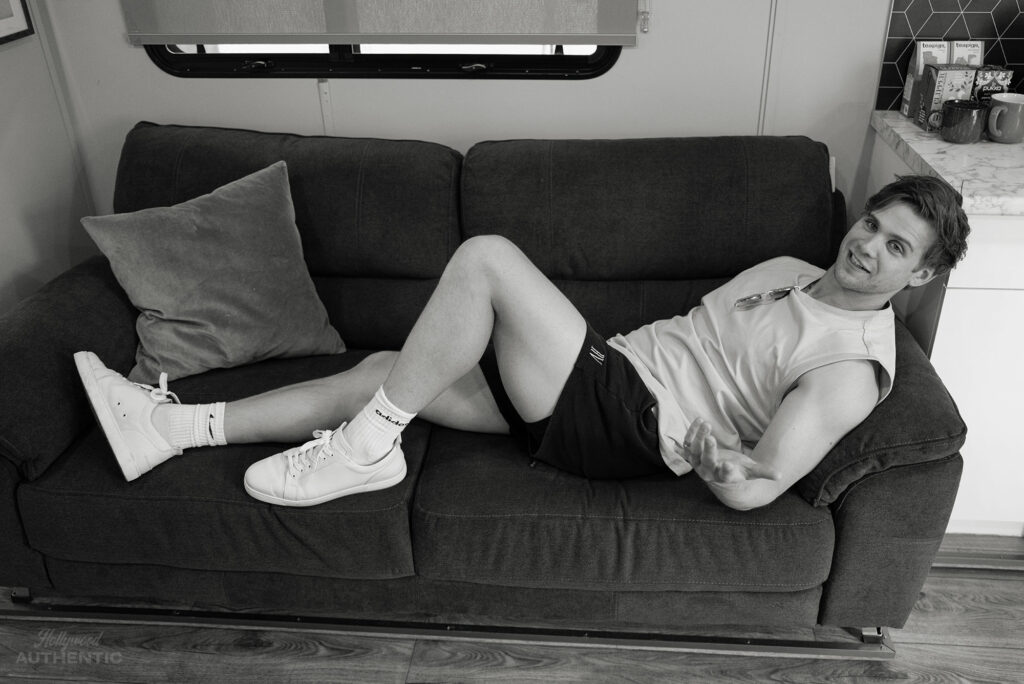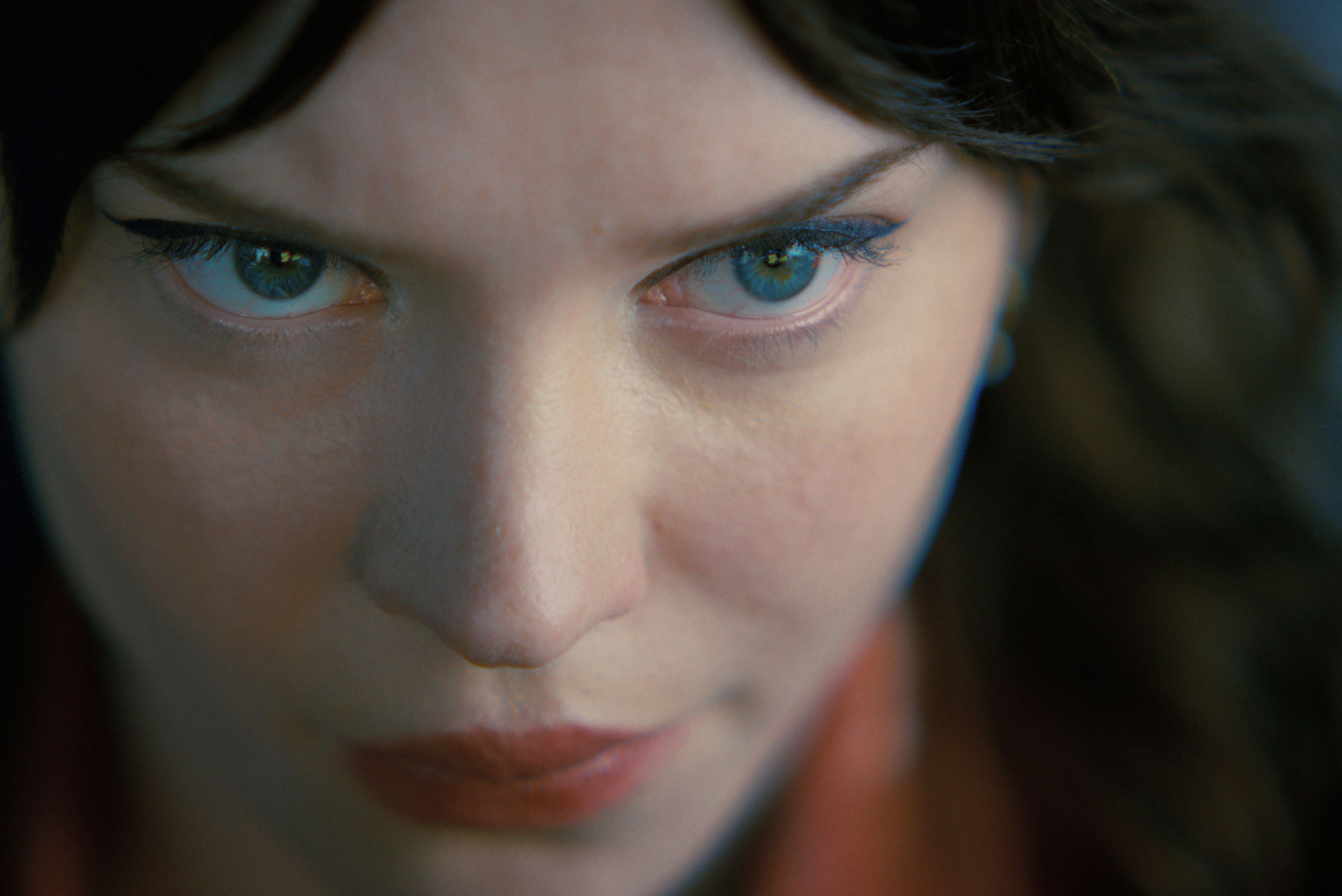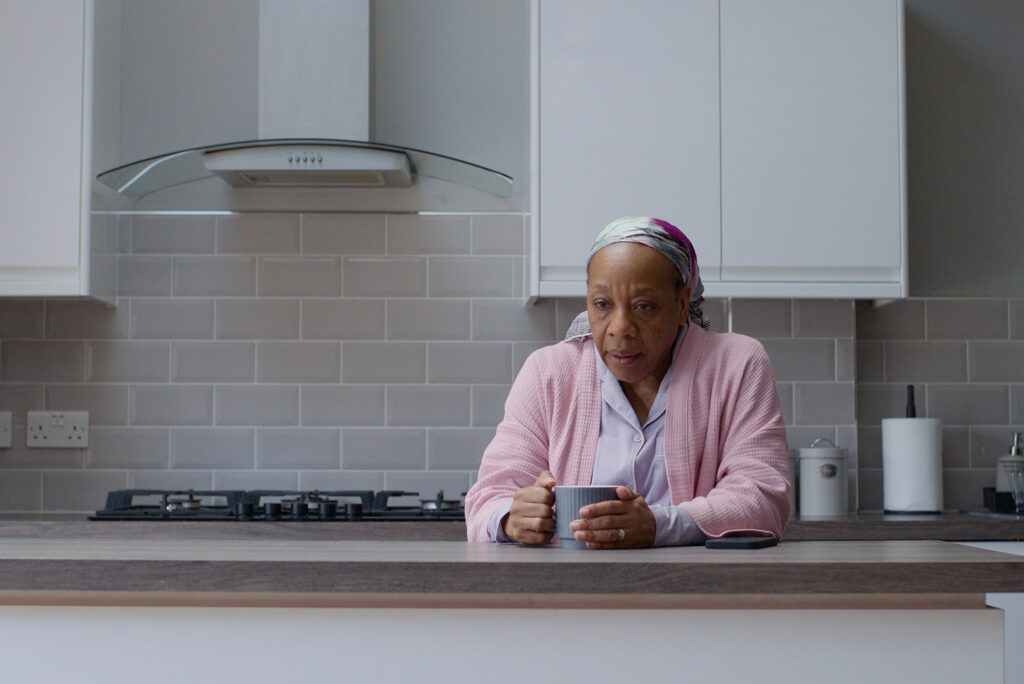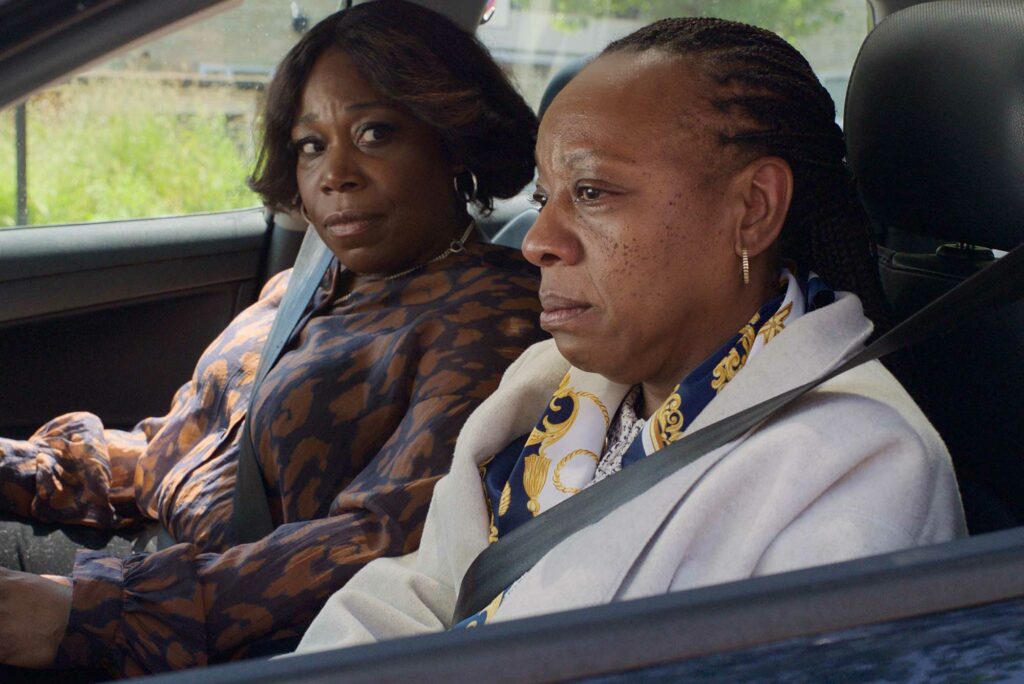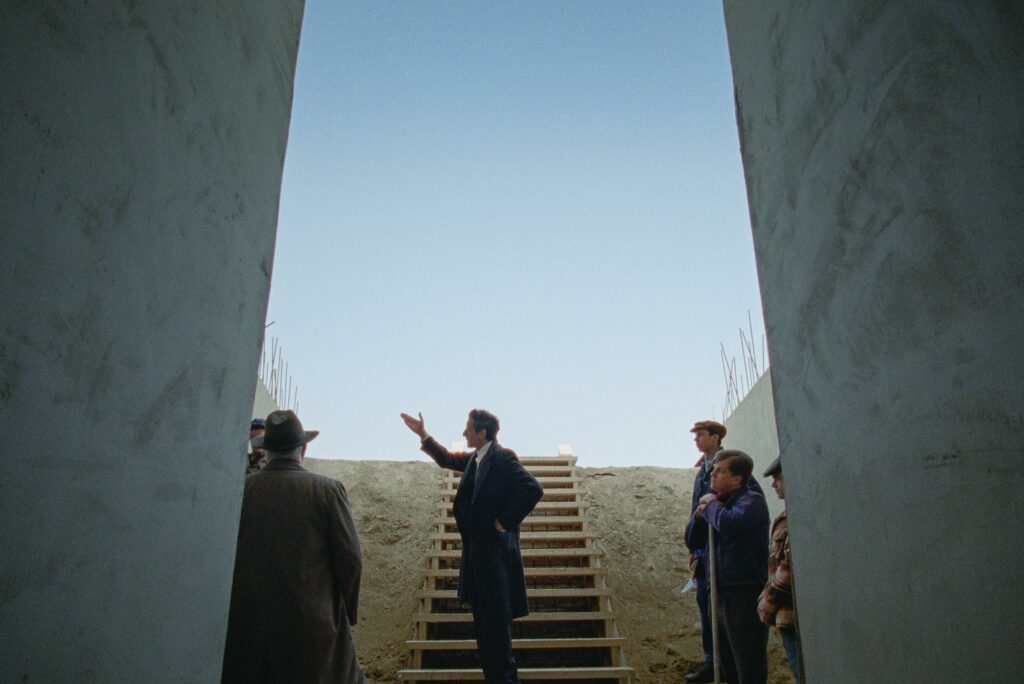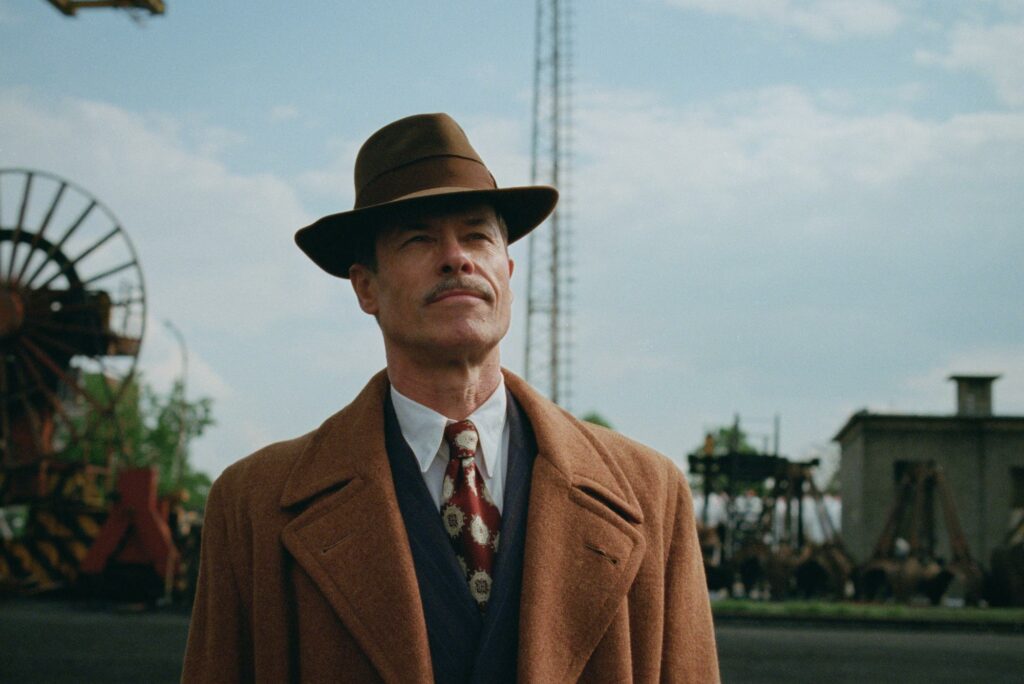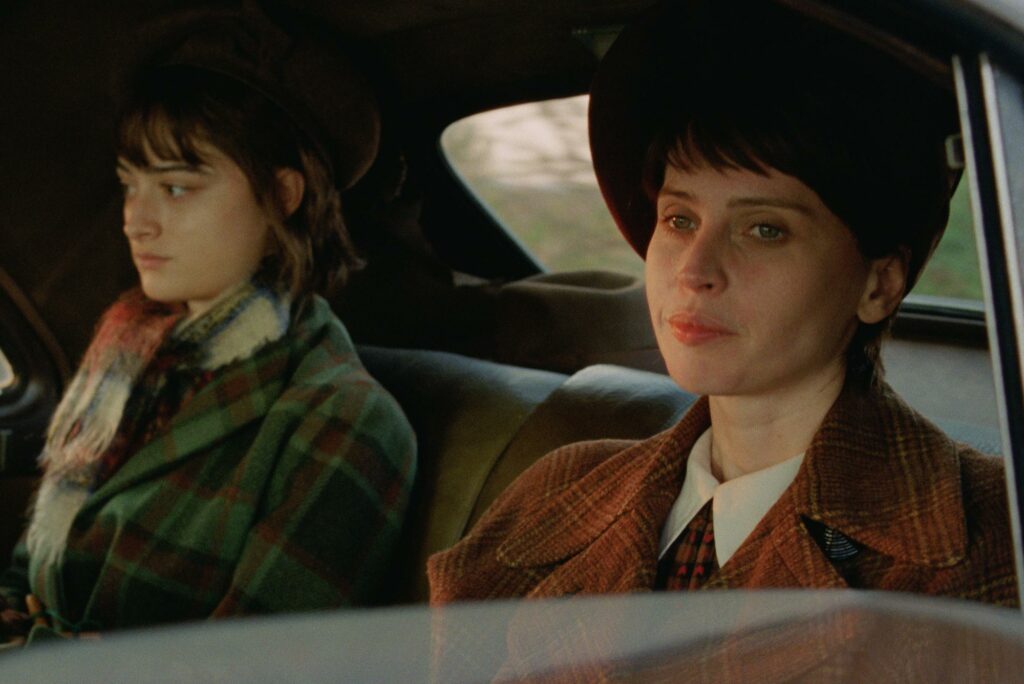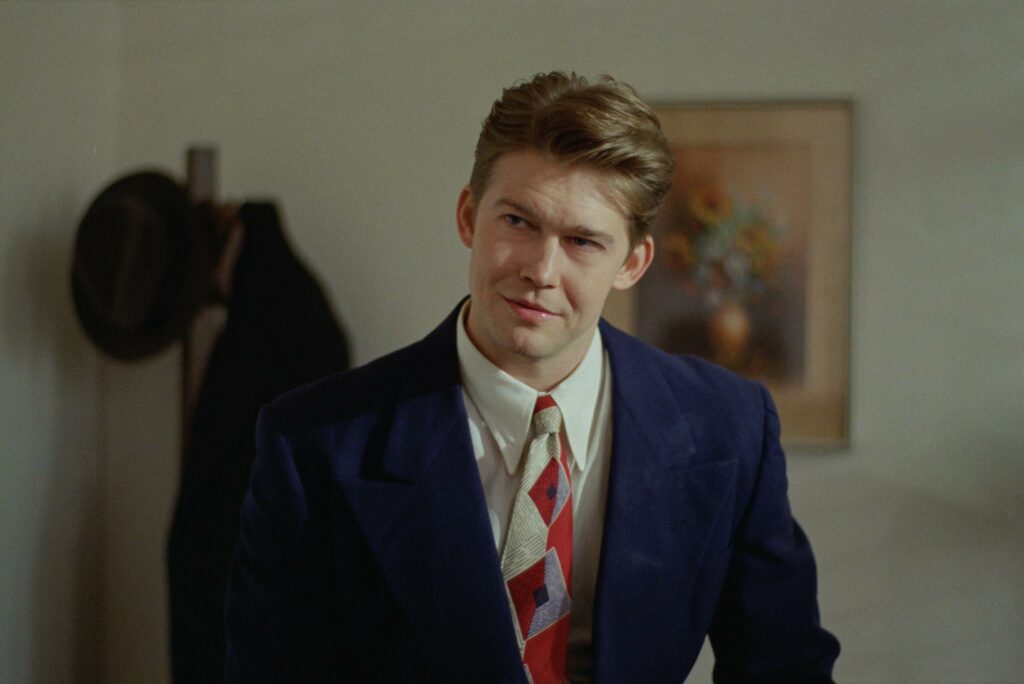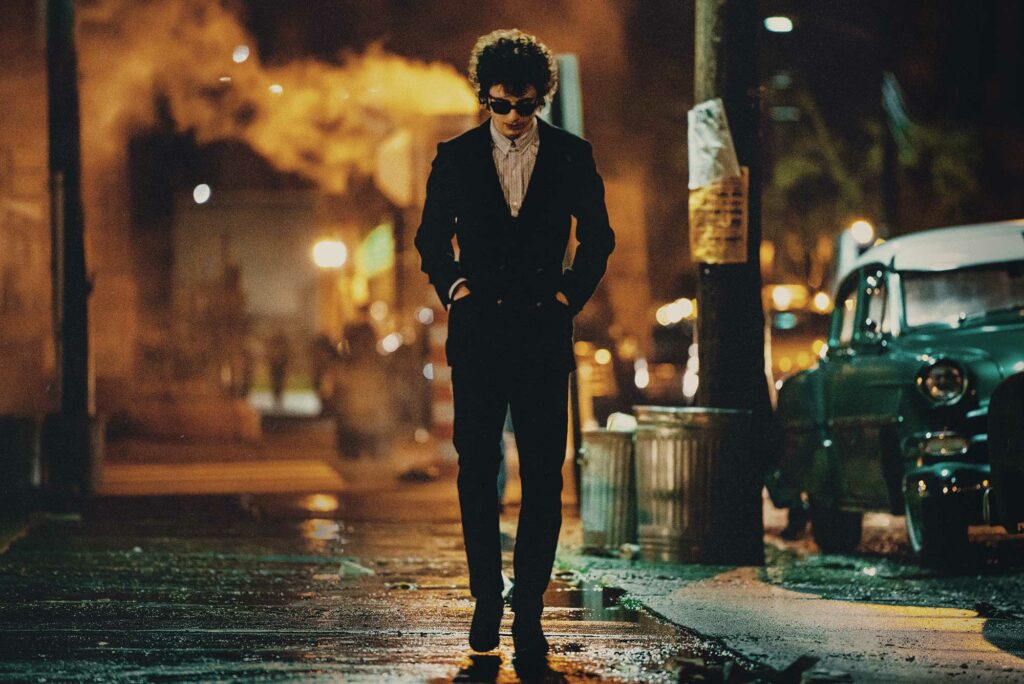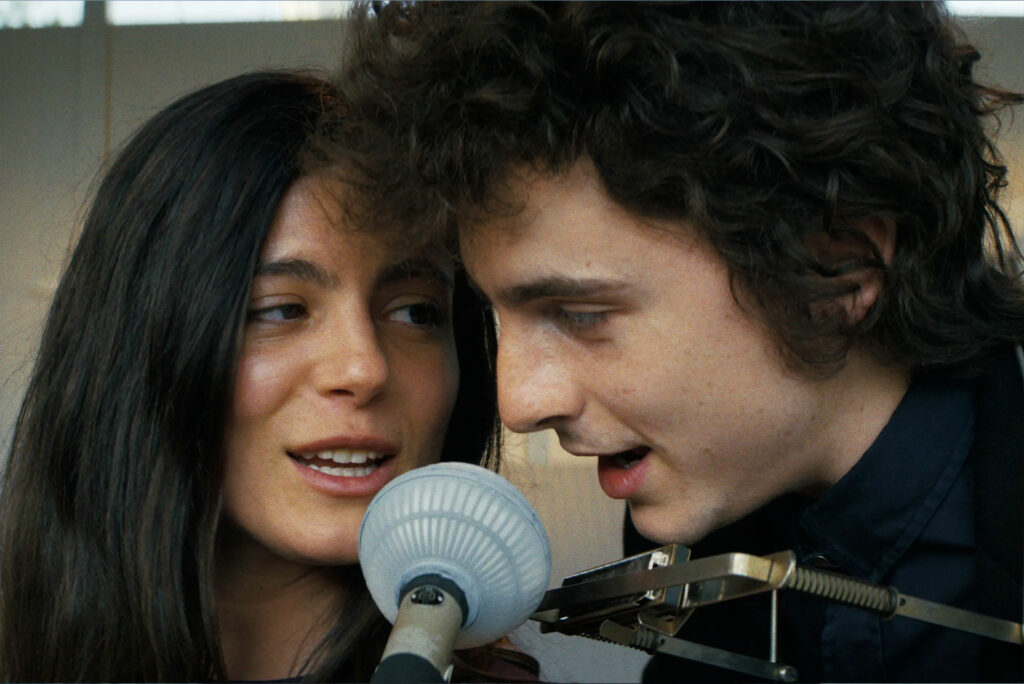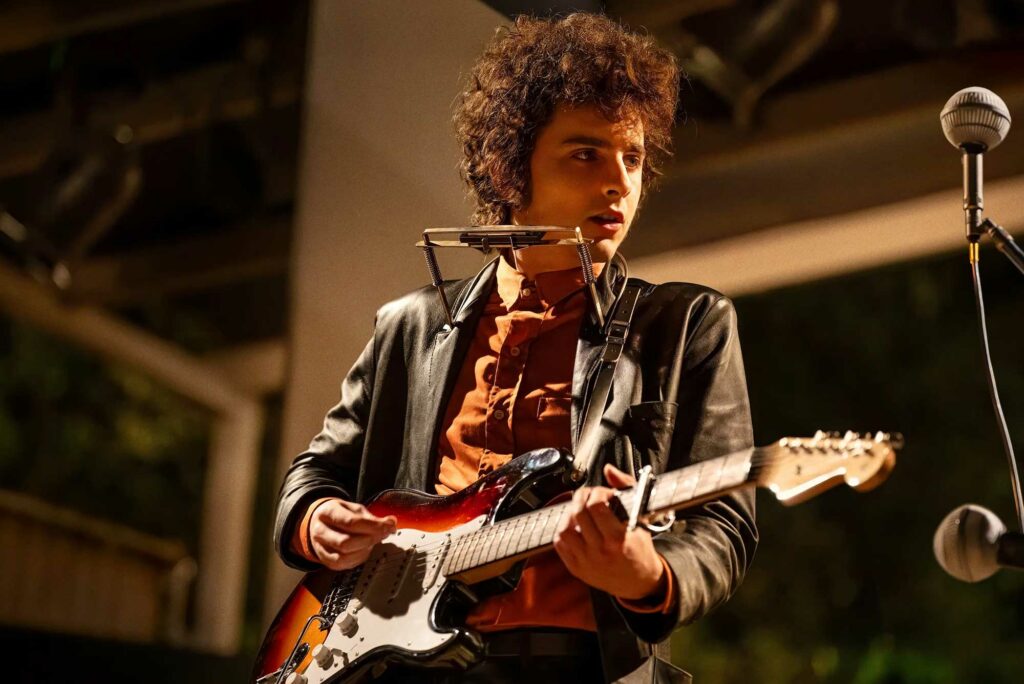Photographs by MARY ELLEN MARK
Words by GISELE SCHMIDT & GARY OLDMAN
Hollywood Authentic’s photography correspondents Gary Oldman and Gisele Schmidt look at the work of an outsider who innovated technique and equipment for on-set photography and whose Elvis and Sophia pictures cemented a personal relationship.
Christmas is my favourite time of the year – not because I relish getting gifts but because I love giving them. I’m a planner. I don’t wait for the last minute to start shopping; it’s a carefully thought-out process and, at times, arranged weeks, even months, ahead of time. My ears always perk up when family and friends mention they like something, or are nostalgic about some memory from their childhood, or have a specific interest/hobby, or that they should have gotten this, that and the other thing. I file it away in the back of my mind and when the opportunity arises, I do my utmost to select that ‘perfect’ gift. Gary nicknamed me ‘The Finder of Rare Things’ – a title I wear very proudly. However, the rarest gift I have ever found is him.

Our first Christmas many moons ago was filled with many ‘firsts’. It was the first holiday my son, William, would not be with me as it was his father’s ‘turn’; it was the first holiday I would be staying with Gary and spending time with his sons, Gulley and Charlie; and it was just around the time we admitted to each
other that we were no longer just dating. In a nutshell, it was a highly emotional time. I was heartbroken that William would not be with us but recognised that this provided me a chance for two of Gary’s boys to get to know me a little better, and for them to begin to understand how much I cared for, appreciated and understood their dad. But how does one do all of that in a gift? I owe it all to the late, great Bob Willoughby.
My mom in her 20s was a knockout. No joke, a cross between Sophia Loren and Ingrid Bergman – don’t believe me? I’ve got pictures to prove it, but I digress. She is a huge Elvis fan; so, naturally I grew up listening to his albums and watching his films. When I was selecting images for a Bob Willoughby exhibition, I instinctively chose his photograph of Elvis Presley and Sophia Loren at the Paramount Commissary in 1958. I never had the opportunity to talk with Bob about his photography as he had passed away in 2009, but his son Christopher would regale me with many a tale: Bob was with Sophia and they were seated having lunch when all of a sudden Sophia jumped to her feet having spotted Elvis walking through. Bob believed they had never met before but somehow in moments, she was sitting on his lap tousling his hair telling him how much she loved his music! The incident was over as quickly as it had transpired, but luckily Bob was there and caught every frame of it. The sequence is quite special but the standout for me is featured here – though Elvis is not looking, we know exactly who he is and the smile on Sophia, that’s unabashed joy. Perfection.
Gary visited the gallery many times and he would always eye this photograph; however, he was always hesitant to get it for himself. As if the joy expressed within the image was something he didn’t deserve or hadn’t yet found. All the photographs he had acquired were rather ‘work related’. Directors directing, actors acting, or a quiet moment on set. This photograph was so much more than that. It was spontaneous, intimate, and the captured act was one for one’s own enjoyment. Sophia loved Elvis and she saw an opportunity to tell him so. And this was mine. I was greeted with that same smile when he unwrapped his gift of these shots, and I am greeted with that same smile every morning when he brings me coffee in bed.
Bob Willoughby was the original ‘outsider’ in the genre of the motion picture still. He was the first photojournalist hired by the major studios to take photographs – a liaison between the filmmakers and the leading magazines of the time. He could be shooting for seven different publications but know exactly what each one needed in terms of editorial content and design layout while capturing what was essential to each film. But it didn’t even stop there; he was an innovator, too. He created the silent blimp for 35mm still cameras – a covering that was placed over the camera to minimise the sound of the shutter, making it less distracting for the actors and avoiding detection by the film sound department. He was the only photographer who used radio-controlled cameras that would give him coverage when it was physically impossible to fit in on set or be present for action shots. And he also devised special brackets that could mount his cameras above the Panavision cinema cameras, providing unprecedented vantage points.
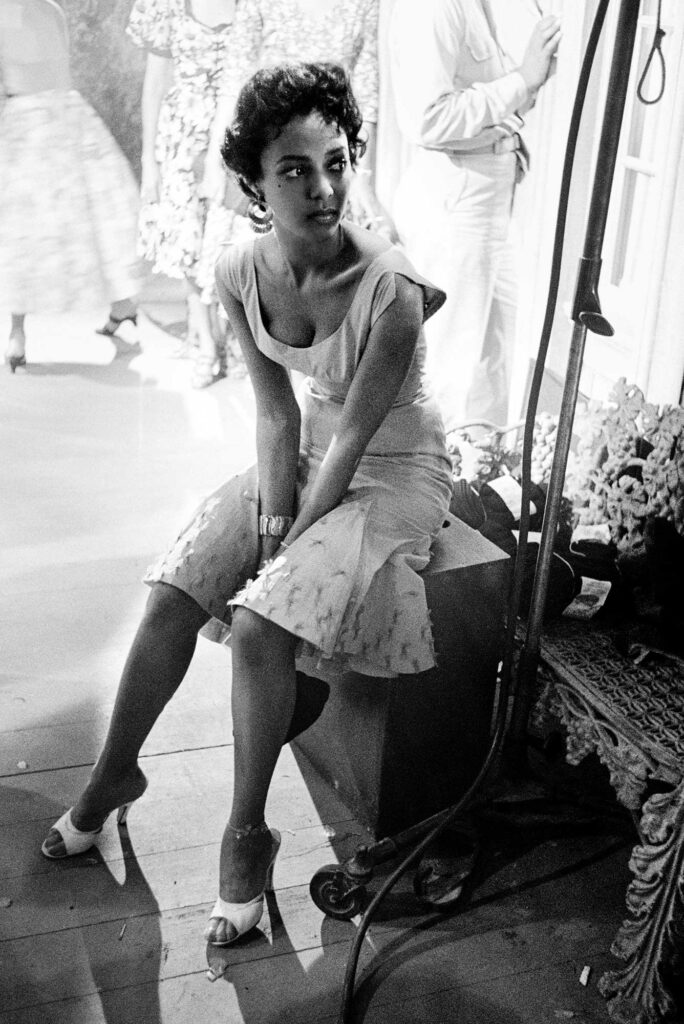
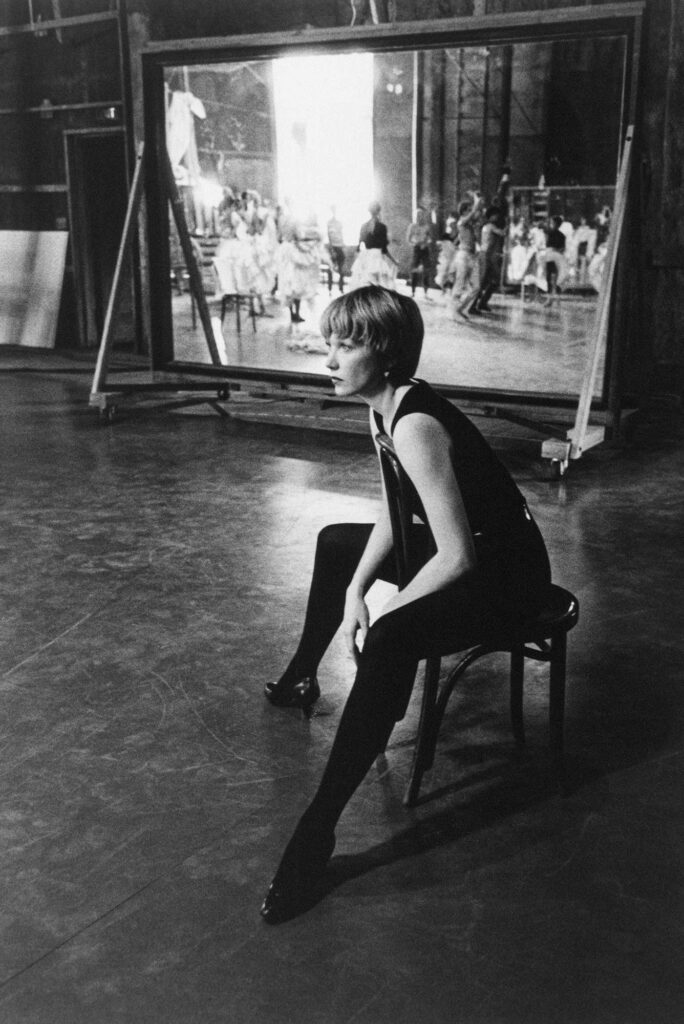
Dorothy Dandridge was famously quoted saying, ‘I have always been a rebel, an outsider.’ I believe that’s why Bob and Dorothy had mutual respect on the set of Otto Preminger’s film, Carmen Jones, for which she became the first Black woman to be nominated for a Best Actress Oscar. Bob photographed Dorothy taking a break while seated on an apple box. Dorothy focused likely on some directorial notes being spoken by Preminger; it is understandable how Bob’s lens would rather be turned to her, the real star of the production.
Willoughby studied film at the University of Southern California. His photographs show an understanding of the filmmaking process, the responsibilities of the cast and crew to generate a particular scene, and the dedication it takes to get it all right. Bob’s photograph of Shirley MacLaine on the set of the film Can Can encapsulates these elements of repose and high drama by featuring the actors and directors simultaneously on and off set with the use of a mirror.
When I photograph on set, I do love to snap images in the quiet moments. Finding an actor or crew member when they least expect it or are in preparation for the next scene. The fascination comes from the admiration that they do or understand something beyond my own purview. It’s partly awe and curiosity. Willoughby, of course, was on assignment and had the opportunity to accompany them beyond the limits of set and we are ever grateful for his end results…
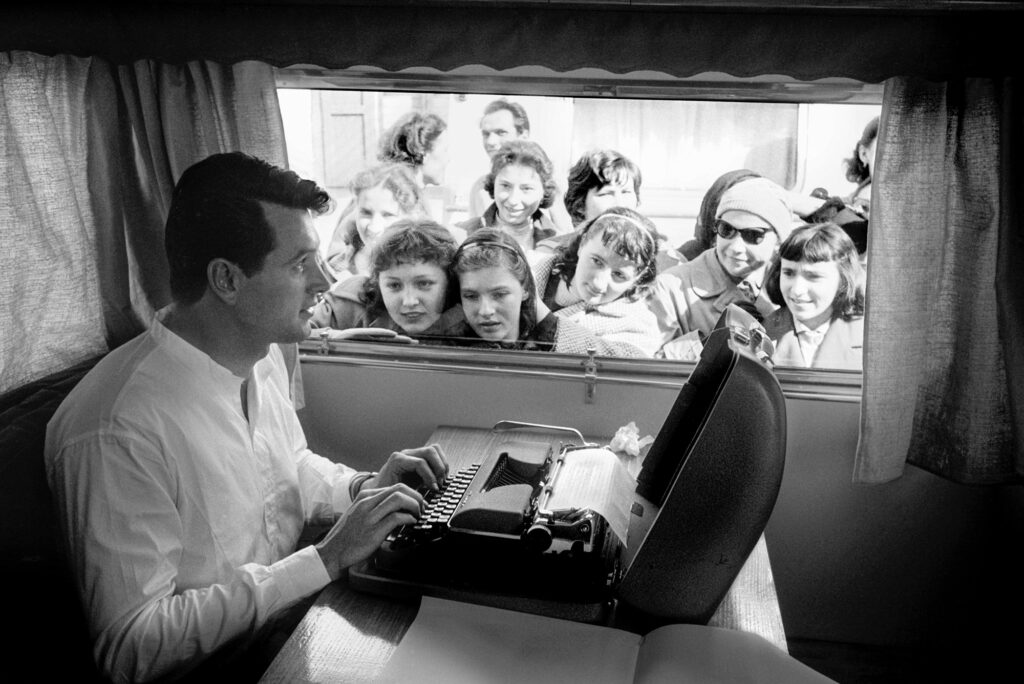
Rock Hudson was filming A Farewell to Arms in Grado, Northern Italy. Having an opportunity between scenes to return to his portable dressing room to finish a letter, Bob shot the extraordinary image of all the local ladies peering in to get a glimpse of their favourite actor!
Months before filming began on Green Mansions, Audrey Hepburn was given a young fawn so that it would become comfortable around her. Audrey named the fawn Ip and had such fondness for the little creature that, to the chagrin of her dog, Famous, it ended up living with them. Ip followed Audrey everywhere, even shopping in Beverly Hills.
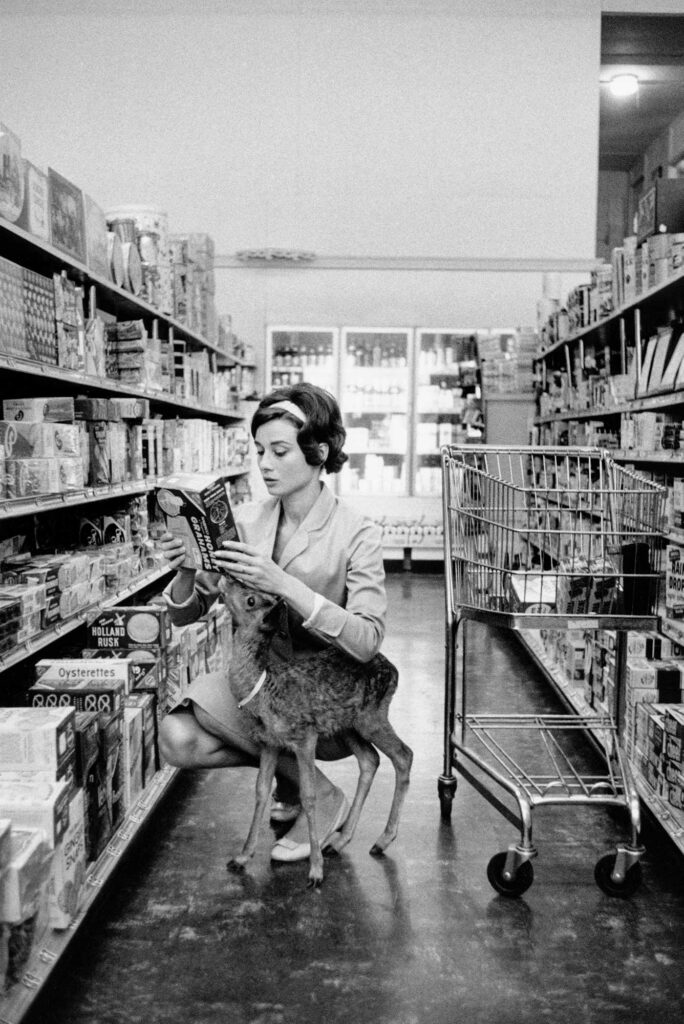
Willoughby’s photographs on and off set are extraordinary, but the epitome of his brilliance in taking an image that represents the ‘soul’ of a film is none other than that of Anne Bancroft and Dustin Hoffman on a specially constructed set at Paramount during the filming of The Graduate, 1967. There are many iconic images from the set: Dustin hiding in his room, Katharine Ross and Dustin running from the church at the end of the film… But my favourite piece of trivia is that when Bob came to set and was introduced to the cast, including a young New York actor doing his first film, Bob asked, ‘Dusty?’ Whereupon he was given a strange look. ‘Your mother is Lillian and your father is Harry and you have a brother named Ronald?’ Dustin responded, ‘Ok, ok. How do you know all of this?’ Bob responded, with what I can only imagine was a huge smile, ‘I used to live upstairs in the same house on Orange Drive, I used to babysit you.’ It may be a small world, but life on set is never dull.
Photographs by BOB WILLOUGHBY
Words by GISELE SCHMIDT & GARY OLDMAN
Photographs courtesy of MPTV Images. Learn more willoughbyphotos.com



